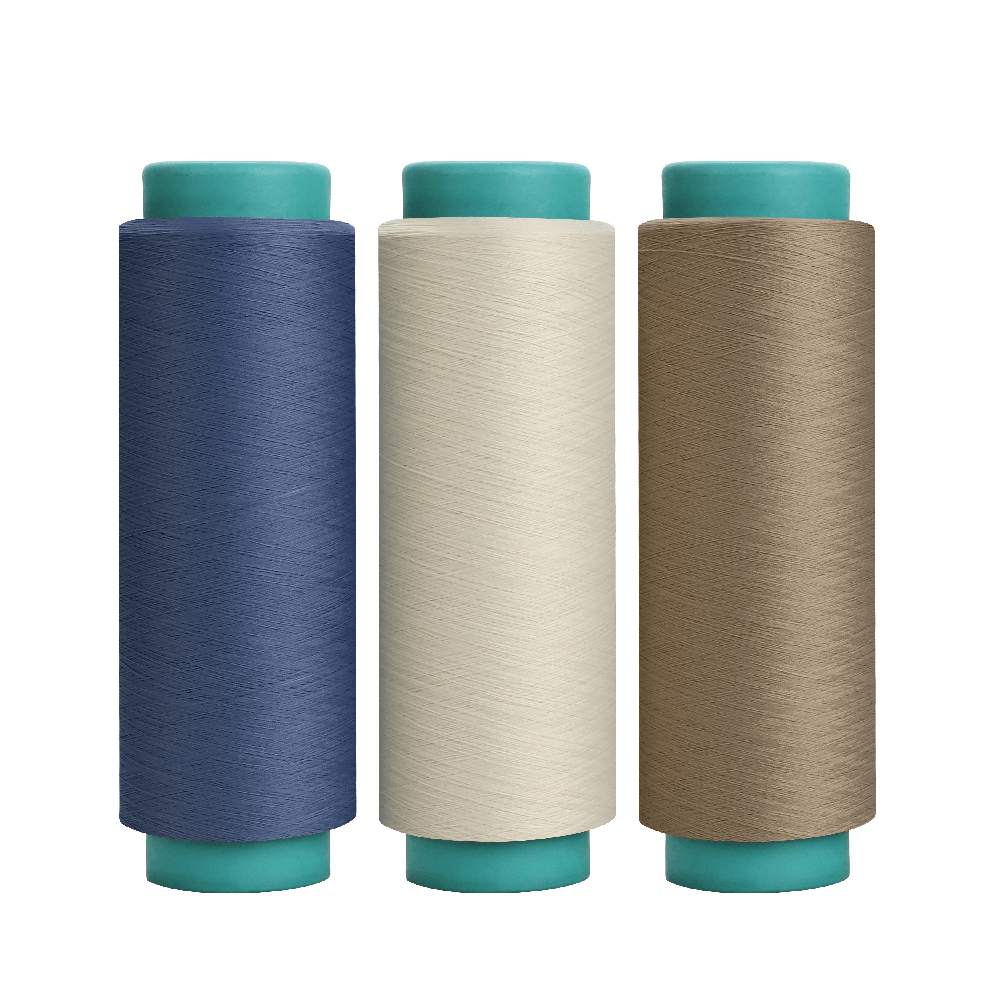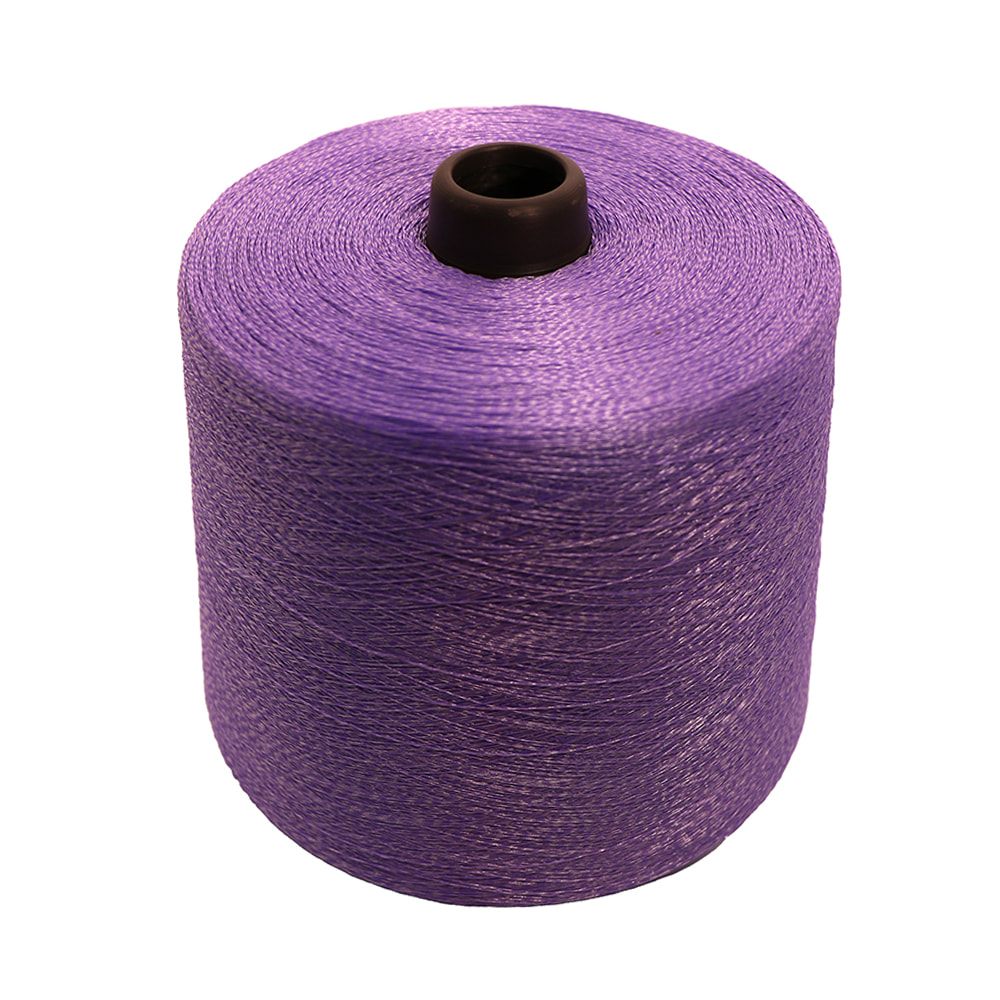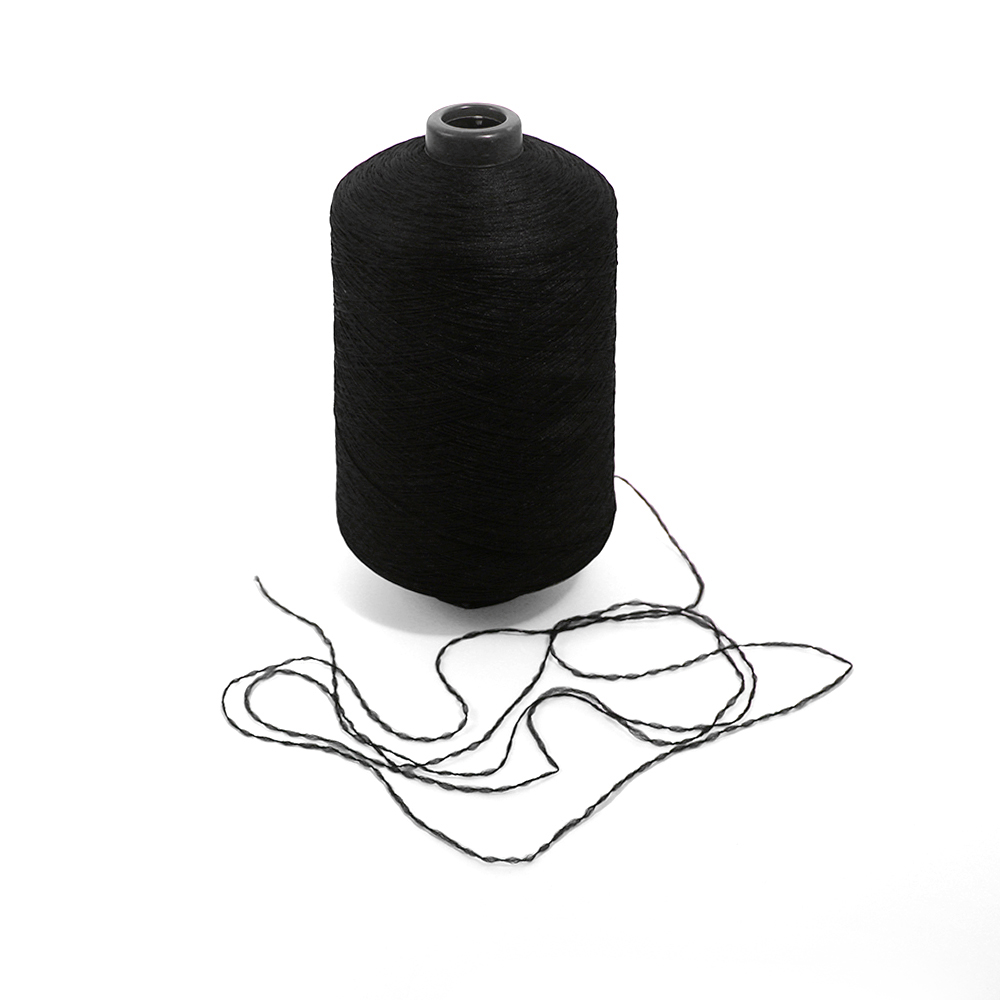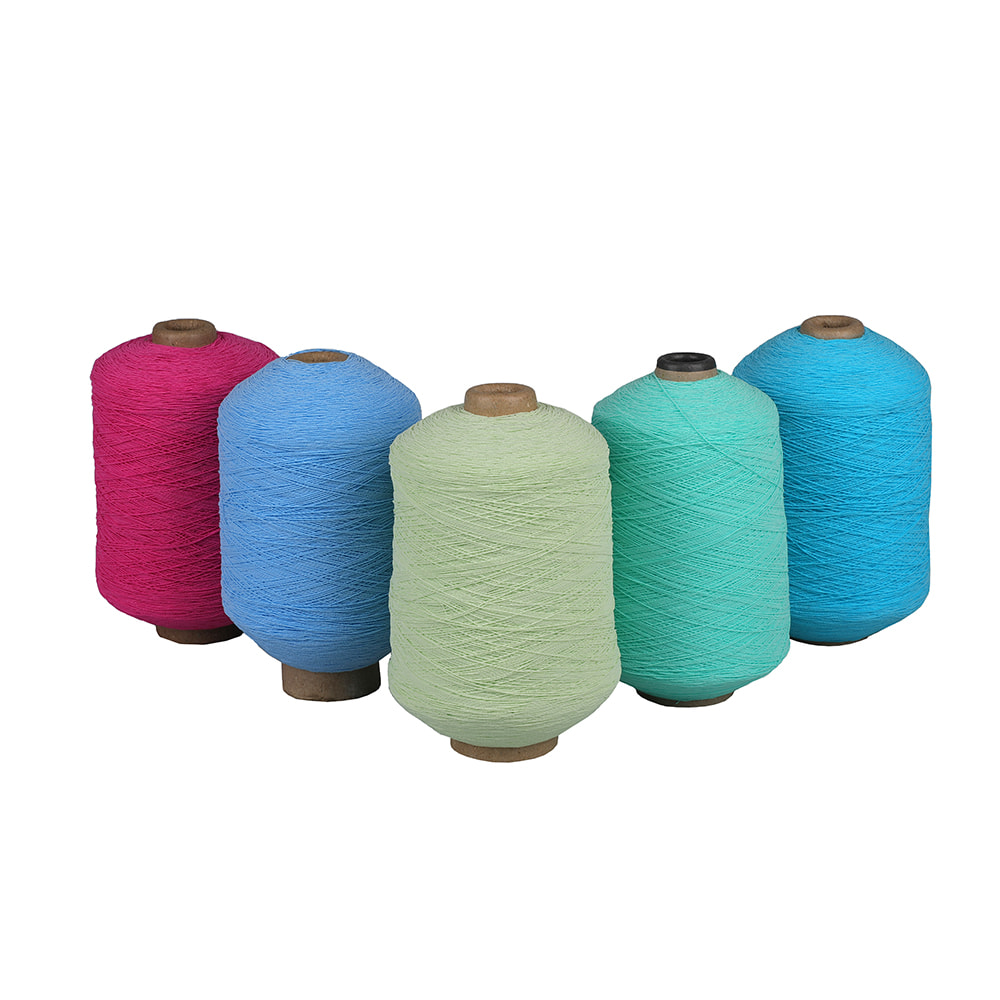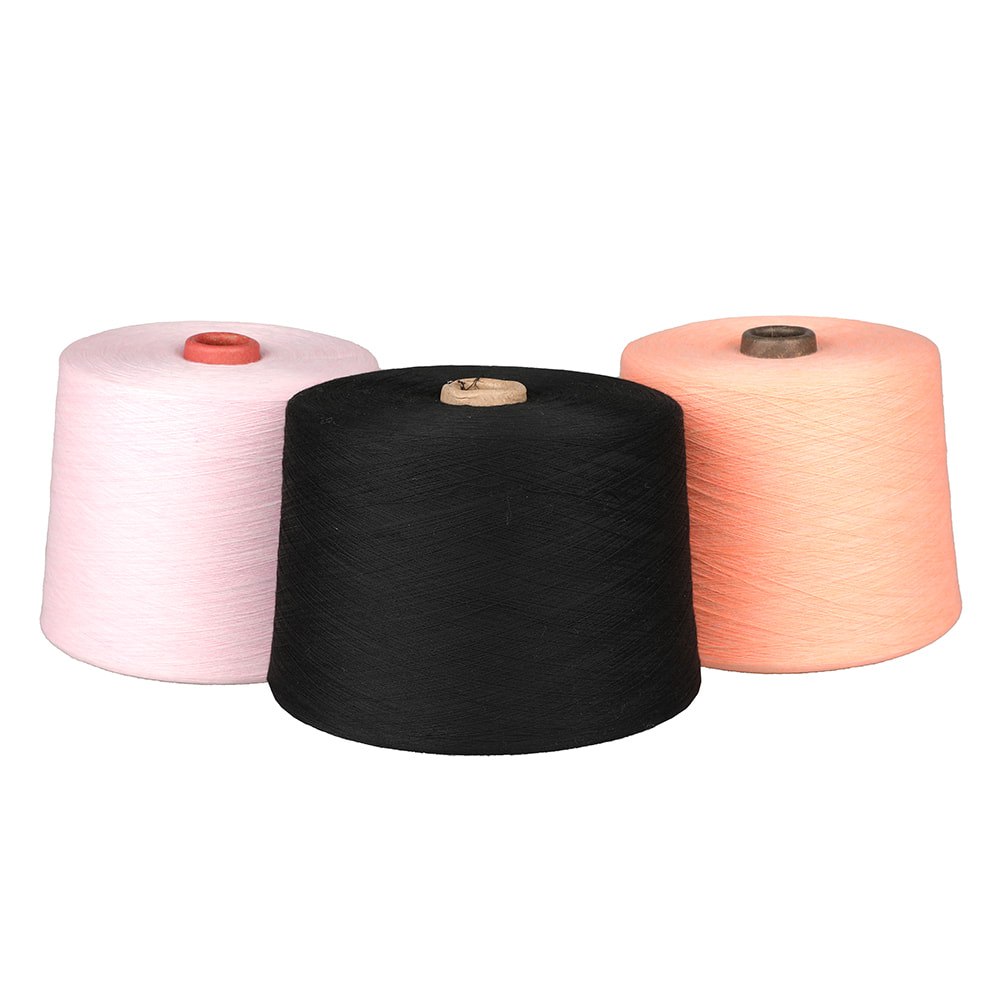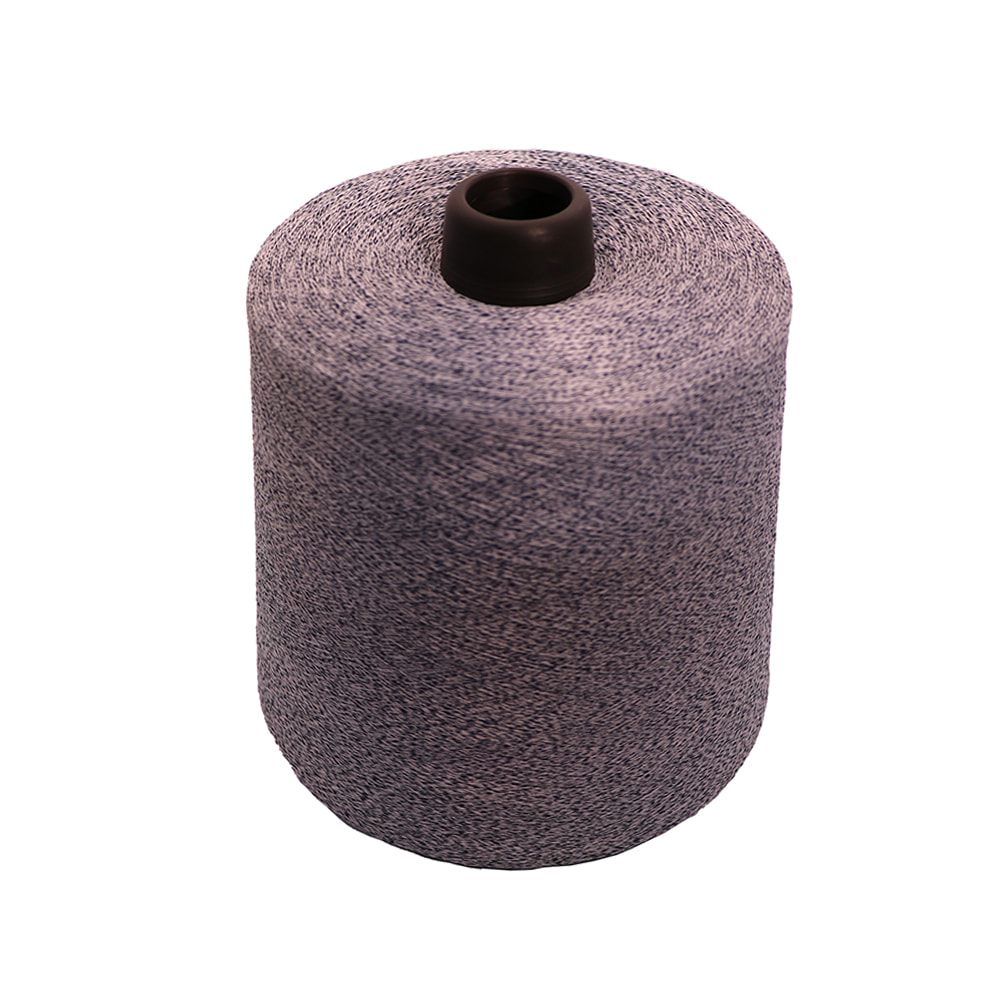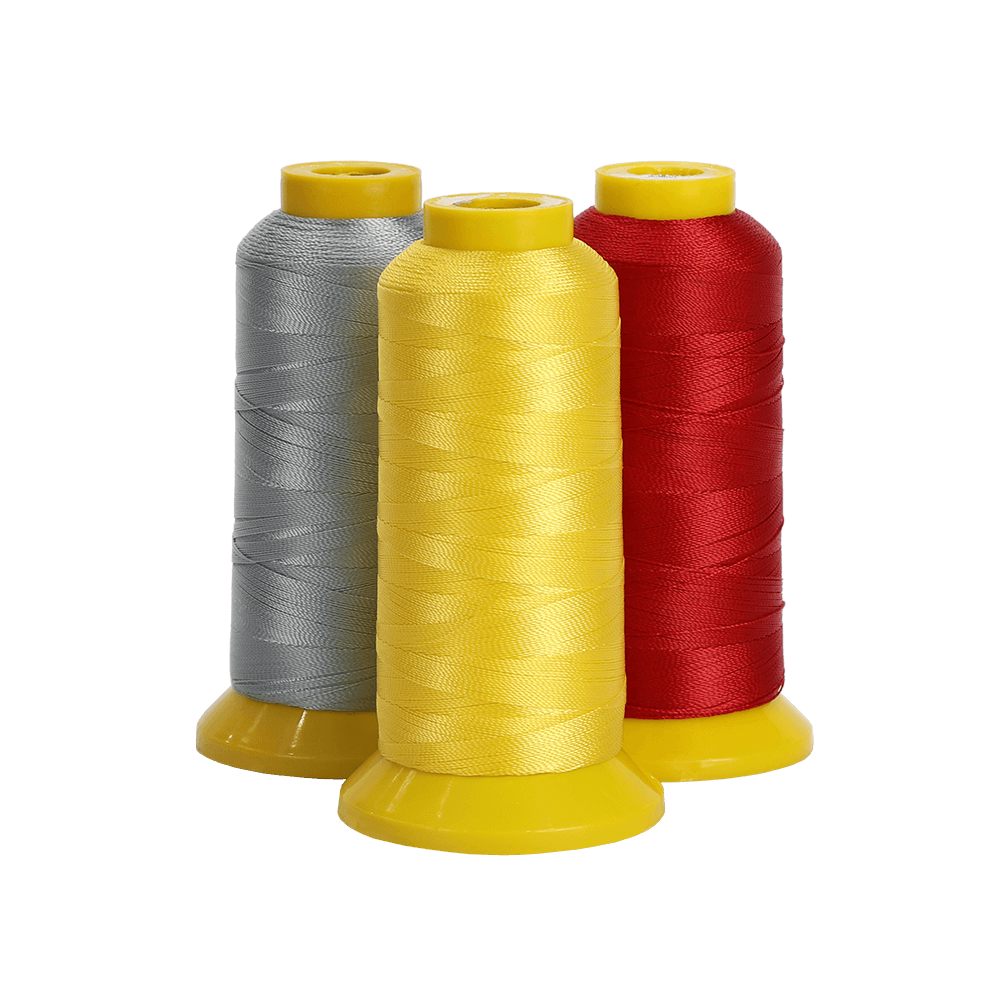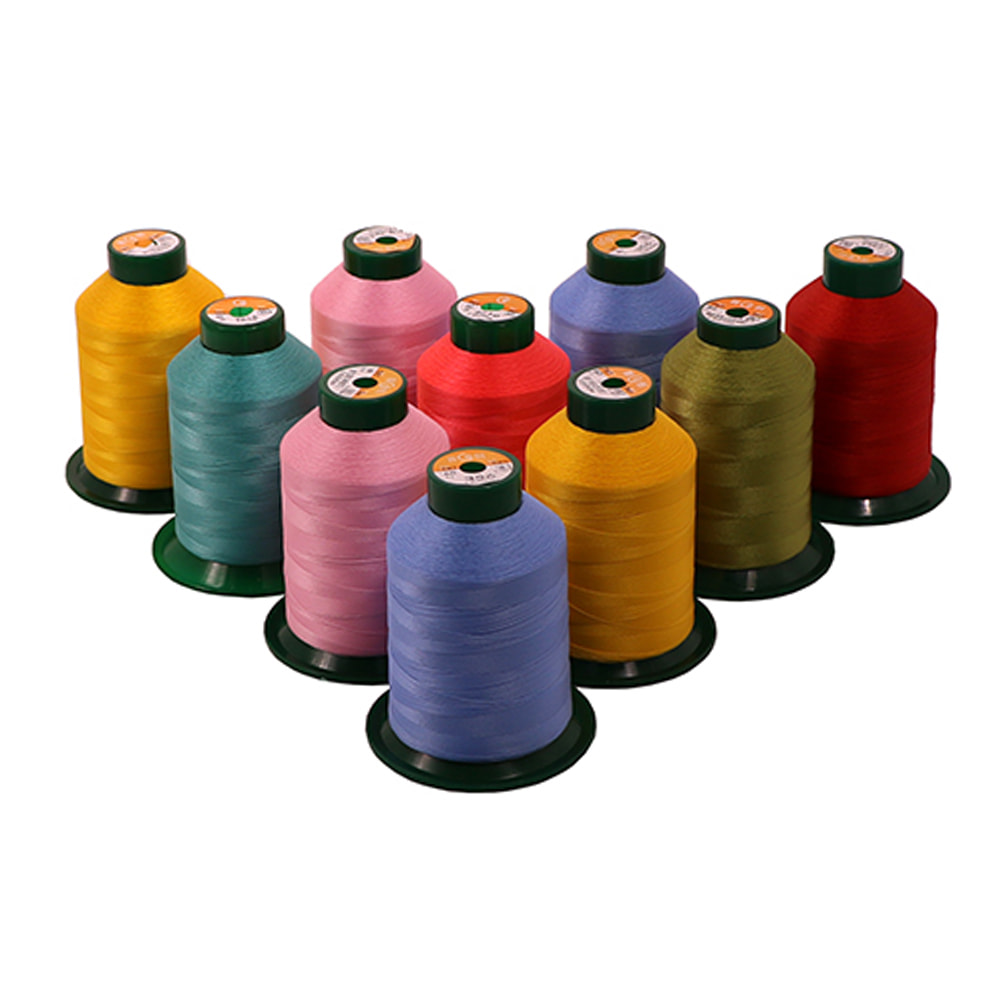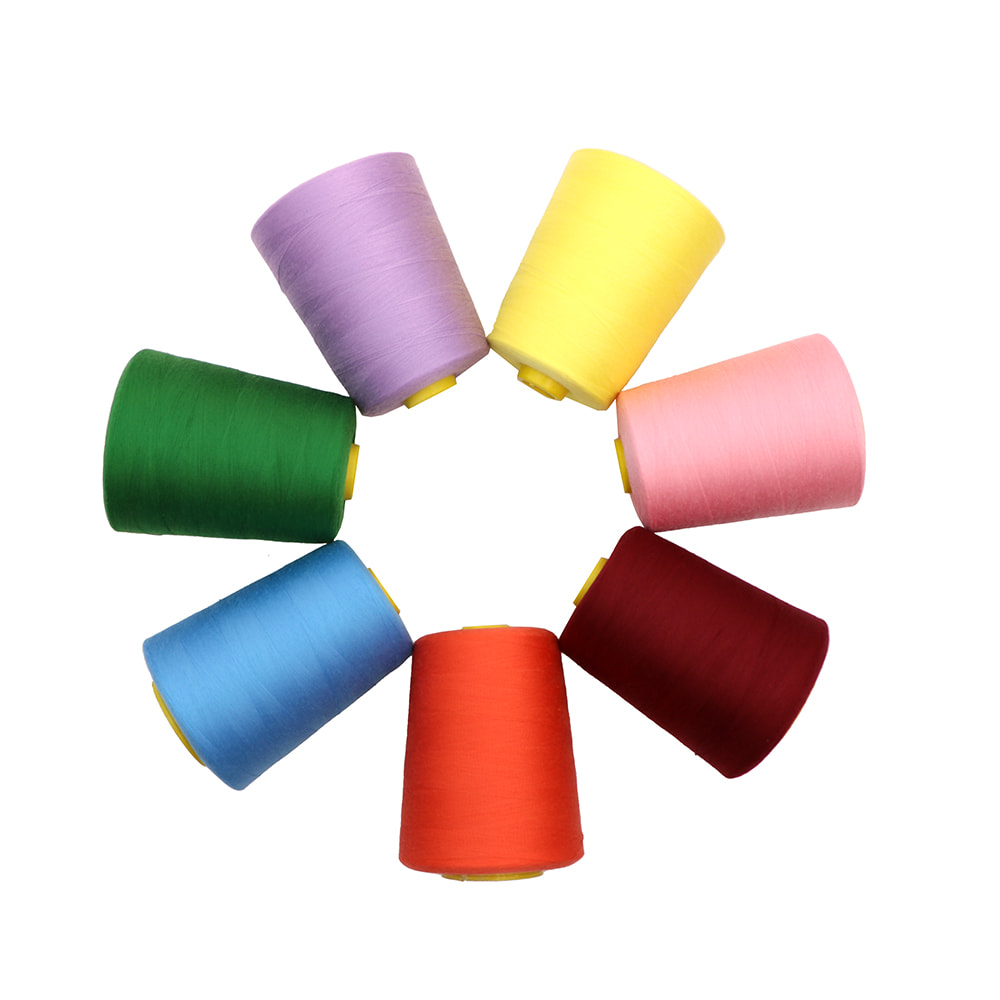Under different D numbers (such as 70D, 100D), what are the differences in the elasticity, wear resistance, stretchability and other properties of the product?
Colored Nylon Elastic Silk, as a high-performance synthetic fiber material, has attracted much attention in the textile industry in recent years. Among them, the D number (Denier) is an important indicator of fiber thickness and has a significant impact on the performance of the material.
1. Differences in elasticity
Elasticity is one of the important properties of textile materials, which determines the material's resilience and shape recovery capabilities. In Colored Nylon Elastic Silk, changes in D number have a direct impact on elasticity.
70D elastic performance: Under the 70D specification, the fibers of Colored Nylon Elastic Silk are relatively thin, which makes it softer and easier to bend and recover. Therefore, 70D Colored Nylon Elastic Silk usually shows good elasticity, can quickly respond to external forces, and recovers its shape quickly.
Elastic performance of 100D: Compared with 70D, the 100D nylon elastic fiber is thicker, which increases the rigidity of the material to a certain extent. Although 100D Colored Nylon Elastic Silk still has good elasticity, in comparison, its rebound speed and shape recovery ability may be slightly inferior to 70D products.
2. Differences in wear resistance
Abrasion resistance is a key indicator of the durability of textile materials, especially in situations where frequent friction or use is required.
Wear resistance of 70D: Because the fiber is thin, its surface contact area is relatively small, which reduces the resistance during friction to a certain extent, making the material suffer relatively low wear when it is rubbed. However, it should be noted that although the fiber fineness of 70D helps reduce frictional resistance, its wear resistance may be limited under long-term or high-intensity friction conditions. In applications where high abrasion resistance is required, coarser fibers or fibers with special abrasion-resistant treatments may need to be considered.
100D wear resistance: In contrast, 100D thick fibers have a larger surface area and can better disperse the pressure during friction. This structural feature makes 100D Colored Nylon Elastic Silk exhibit superior performance in wear resistance, making it more suitable for use in applications requiring high wear resistance.
3. Differences in stretchability
Stretchability refers to the deformation ability and recovery of a material when it is stretched by external forces. For elastic yarn, stretchability is one of its core properties.
70D stretchability: Due to the thinner and softer fibers, 70D Colored Nylon Elastic Silk can more easily adapt to changes in external forces when stretched. This makes it perform well under low-strength stretching, but may limit its stretch limit when the fibers are too thin when used at high-strength stretching.
100D stretchability: 100D products with thick fibers have better stress dispersion effect when stretched and can withstand greater tensile force. Therefore, under high-intensity stretching, 100D Colored Nylon Elastic Silk tends to show higher tensile properties and better recovery.
There are significant differences in elasticity, abrasion resistance and stretchability between 70D and 100D Colored Nylon Elastic Silk. Which product specification to choose depends on the specific application requirements and scenarios. For example, where high elasticity and softness are required, 70D may be a better choice; while where high wear resistance and high tensile strength are required, 100D may be more suitable.
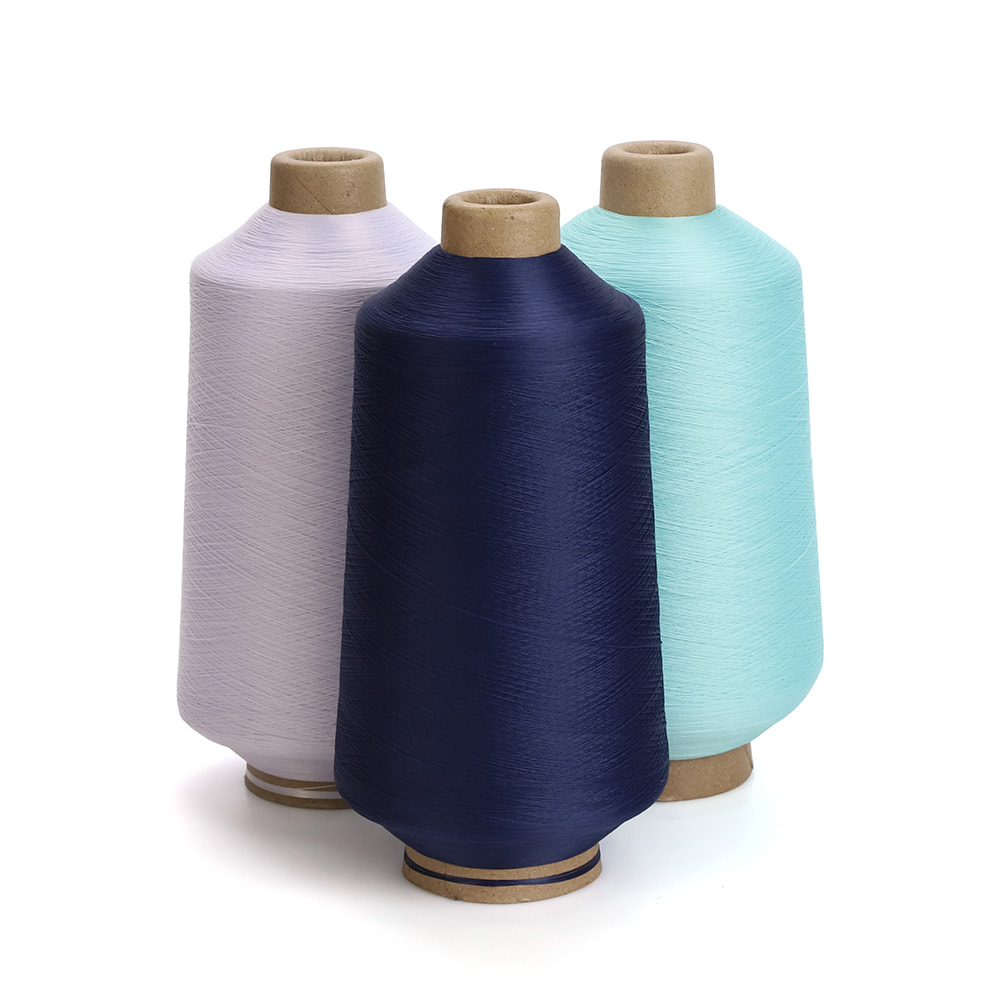

 English
English 中文简体
中文简体 Español
Español